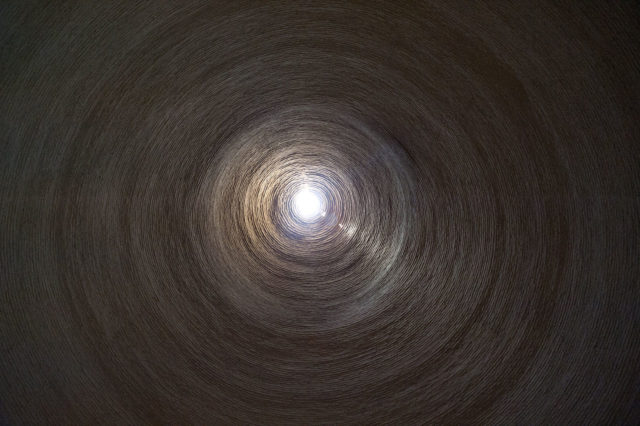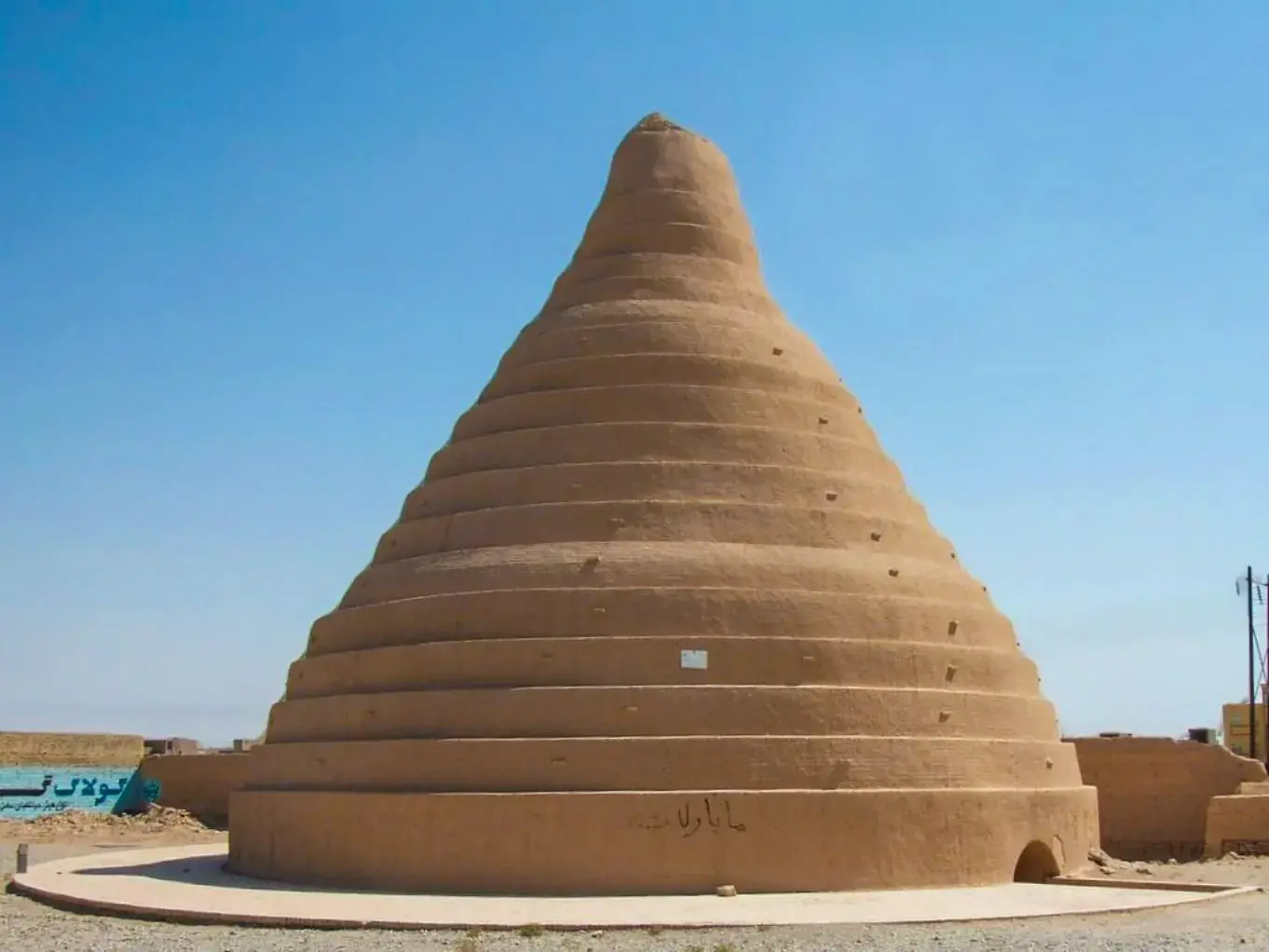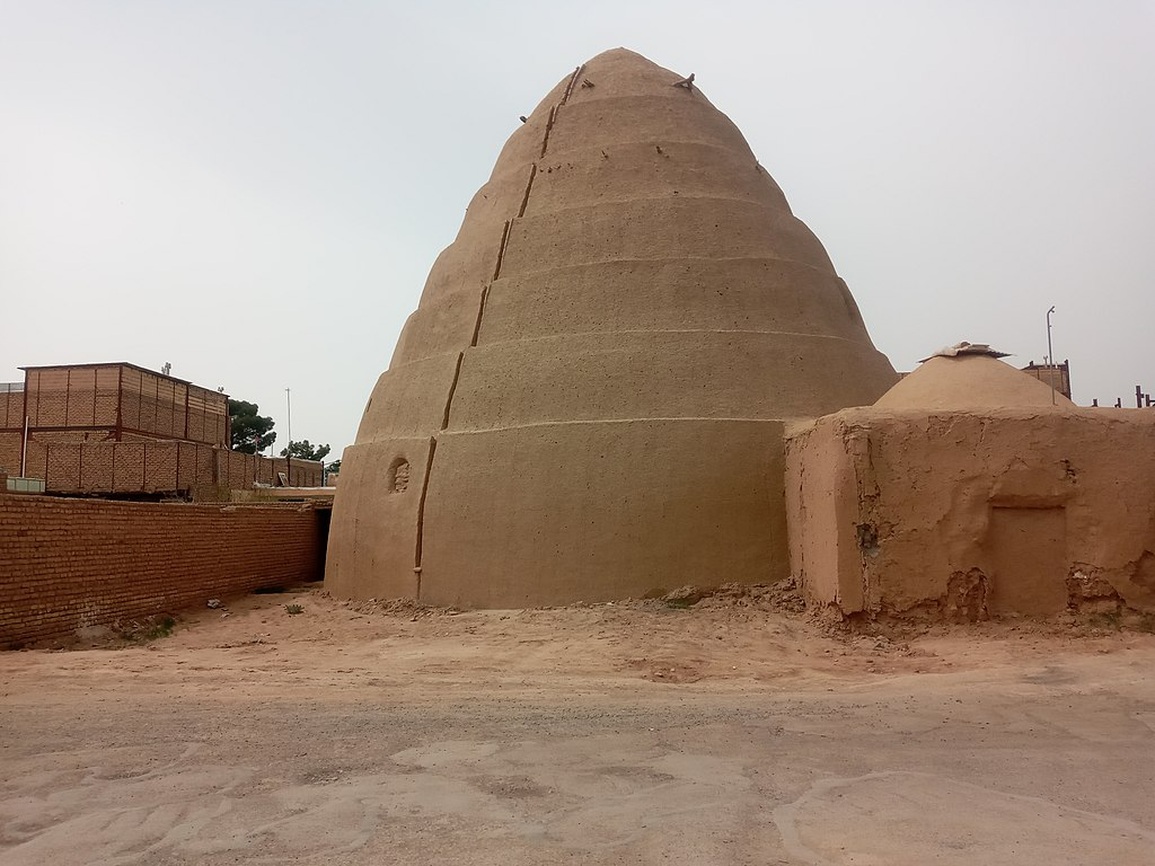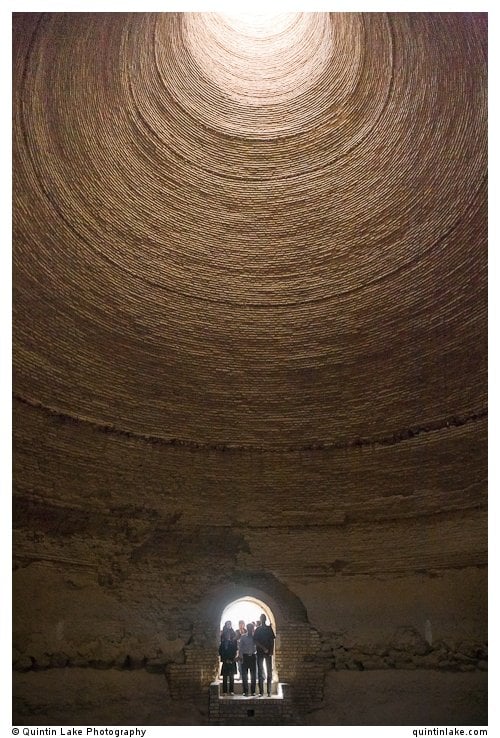In the arid deserts of ancient Iran, where scorching summer temperatures can reach unbearable levels, the need for effective cooling solutions was a significant challenge. Long before the advent of modern refrigeration technology, Persian engineers developed an innovative solution to store ice and preserve food in the extreme heat. These ancient refrigerators, known as Yakhchals, not only served as ice storage units but also played a vital role in the daily lives of people living in the desert. This article explores the remarkable design and function of Yakhchals, shedding light on their importance in ancient Persian society and their lasting legacy.

The ancient freezers built by Persians: Above ground it is in a shape of a dome while it has an underground storage space which is used to keep ice or less often ― food. It also has a wall that runs east-west.

The concept of refrigeration is not new; ice harvesting dates back to around 1000 BC, with early civilizations like the Chinese, Jews, Greeks, and Romans using ice and snow to keep their food cool. However, in the hot, dry climate of ancient Persia, traditional methods were inadequate. To address this, Persian engineers devised a sophisticated system to store ice throughout the summer months.

Yakhchal in Yazd Province, Iran.

By 400 BC, the Persians had perfected the art of ice storage in the desert. During the winter, ice was harvested from nearby mountains in large quantities and stored in specially designed structures called Yakhchals, or ice-pits. These ancient refrigerators were critical for cooling beverages, preserving food, and even making faloodeh, a traditional Persian frozen dessert enjoyed by royalty.

In the winter ice could be brought from nearby mountains and kept in the Yakhchal throughout the year but more often the qanat water was channeled to the north side of the wall which was in shade. That produced more ice than ice harvesting. Thick walls of Yakhchal dome kept ice cold throughout the year. This insulation and the continuous cooling waters that spiral down its side, and combination a system of wind catchers and wind towers, keep the ice stored there in winter ― frozen throughout the summer. These buildings also have a trench at the bottom to catch molten ice and allow it to refreeze during the cold desert nights

The Yakhchal’s design is a marvel of ancient engineering. The aboveground structure features a large dome made of mud bricks, often rising up to 60 feet tall. Below ground, the Yakhchal comprises extensive underground chambers, with storage spaces reaching up to 5000 cubic meters. These spaces were ingeniously connected to a Qanat, a system of water channels from the mountains, and equipped with windcatchers—towers designed to catch and direct cool breezes into the storage area. This combination of natural cooling methods allowed the temperature inside the Yakhchal to drop to freezing levels even during the hottest summer days.

The twin ice-pits on Sirjan, Kerman Province, are surrounded by high walls and were constructed 108 years ago with mud-brick, the ice-pits are surrounded by high walls.

The walls of Yakhchals were constructed from thick mud bricks up to two meters thick at the base. The special mortar used, known as sārooj, was a mixture of sand, clay, egg whites, lime, goat hair, and ash. This unique composition provided excellent insulation, preventing water from penetrating and maintaining the cold temperatures inside. The Yakhchal’s design also included a trench at the bottom to collect and refreeze the melting ice water, ensuring a continuous supply of ice throughout the summer.

In cities like Isfahan, Yakhchals were widespread and served both private and commercial purposes. Ice was sold in bazaars and used to preserve fruits and sherbets. The ability to store and transport ice was crucial for maintaining food supplies and providing relief from the intense heat.
Despite their ingenious design, Yakhchals eventually became obsolete with the advent of modern refrigeration, freezers, and air conditioners. The transition was driven by factors such as accessibility, practicality, and health concerns. Additionally, desert storms eroded many of these ancient structures, particularly those exposed in open desert regions.
The Yakhchal represents a remarkable achievement in ancient Persian engineering, demonstrating how innovative solutions can address extreme environmental challenges. These ancient refrigerators not only highlight the ingenuity of Persian engineers but also provide valuable insights into historical methods of food preservation and cooling. While modern technology has replaced Yakhchals, their legacy endures in the history of refrigeration, illustrating the enduring quest for solutions to life’s basic needs in even the harshest conditions. The surviving Yakhchals, such as the one in Kerman, stand as a testament to the durability and ingenuity of ancient Persian craftsmanship.




